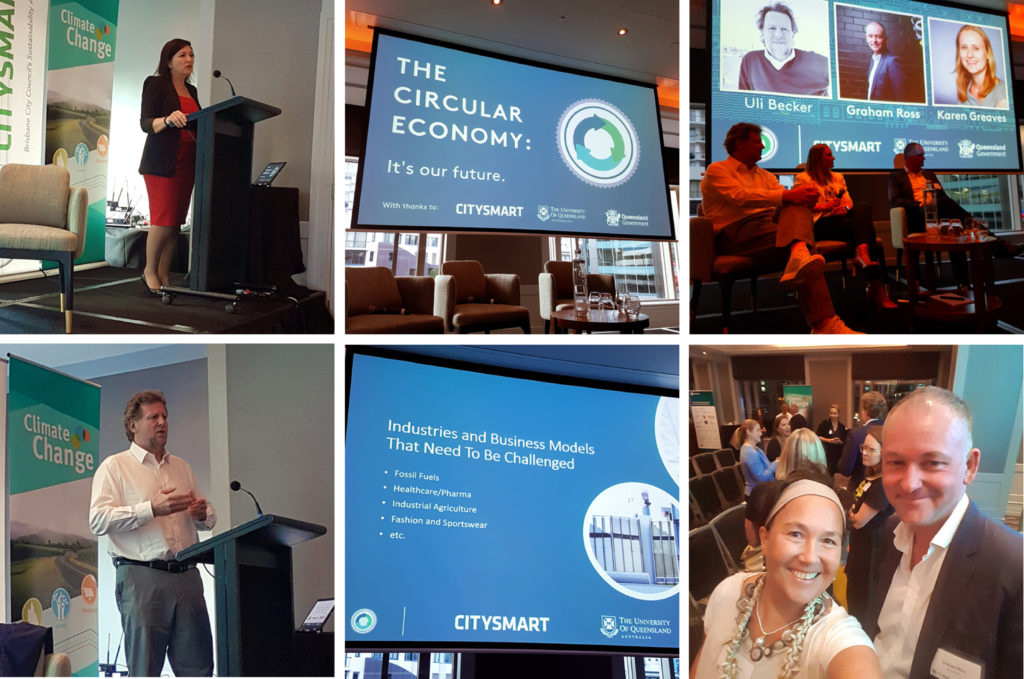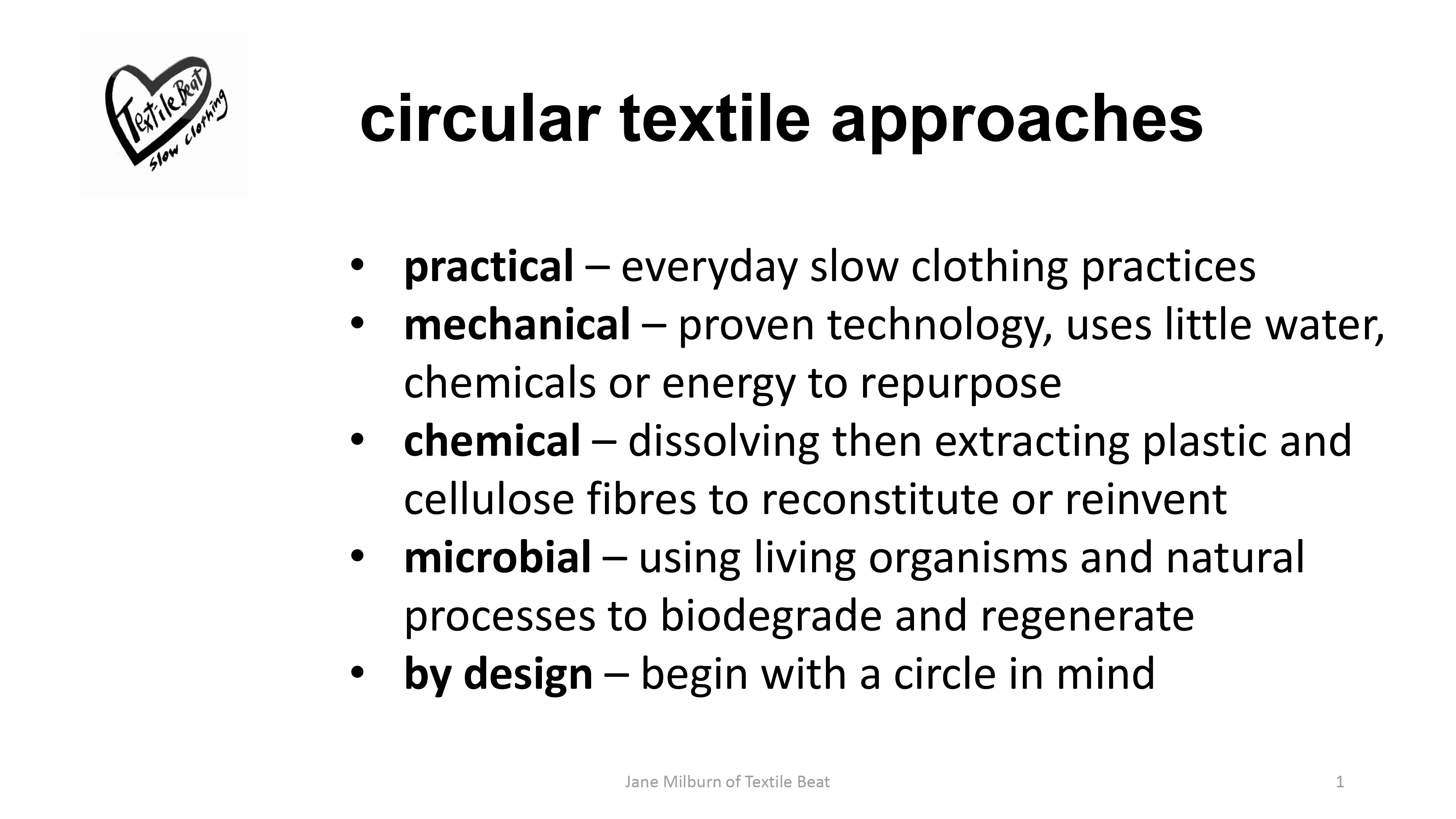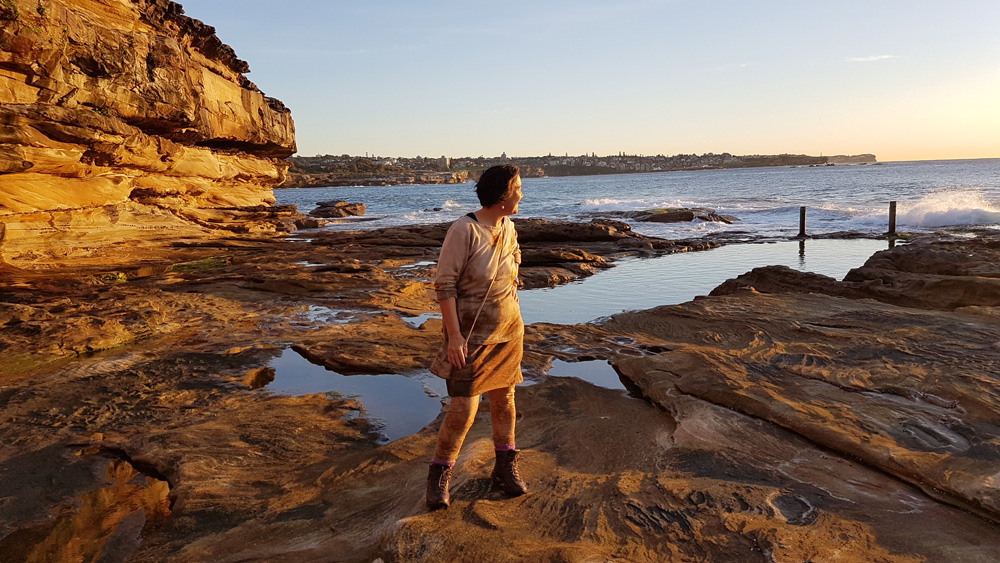There are incredible changes happening in this period of time that will be important for the history of the human race, Queensland Government Minister Leeanne Enoch told The Circular Economy: it’s our future forum in Brisbane yesterday.
As Minister for Environment and the Great Barrier Reef, Minister for Science and Minister for the Arts, Ms Enoch said there are certain actions we have to take right now in the way we utilise materials, how we tackle climate change, and use energy and resources in everyday life.
“When I visited Wujal Wujal community in far north Queensland after recent weather events, the elders said there are no stories passed down the generations who have lived there to deal with rapid change in climate,” Ms Enoch said.
“We are a speck in time. There have been 3000 generations of people in this place, which is home to great natural gifts like the Great Barrier Reef and Daintree rainforests. But what is happening to our climate is new.

Minister Leeanne Enoch (top left), Uli Becker (bottom left), at The Circular Economy forum and (bottom right) Textile Beat’s Jane Milburn with Blocktexx co-founder Graham Ross.
Continue Reading →


